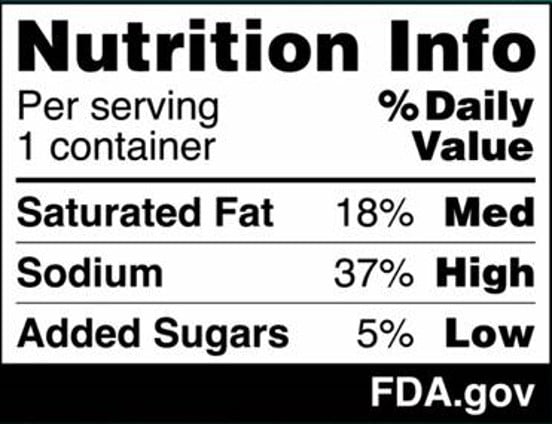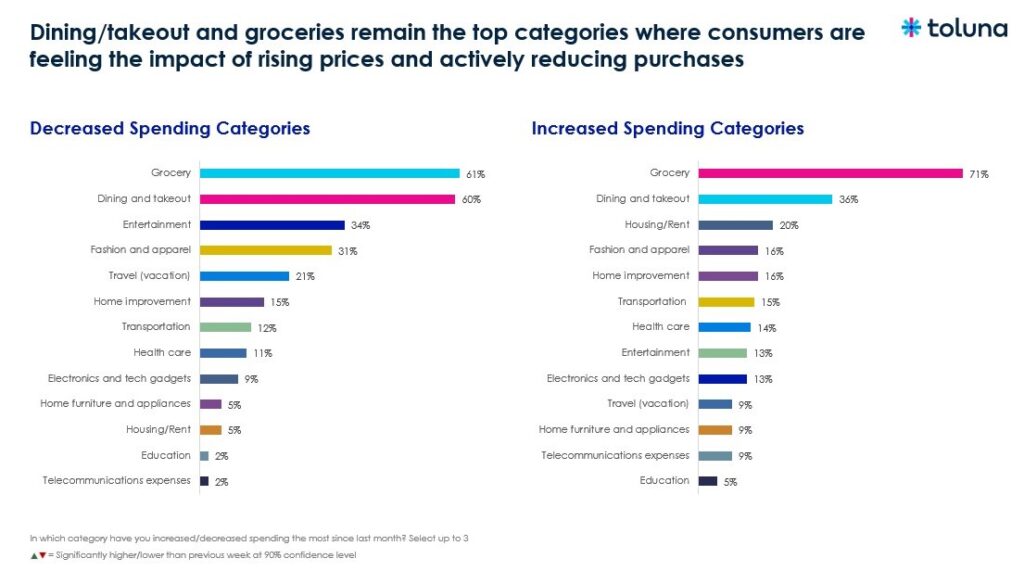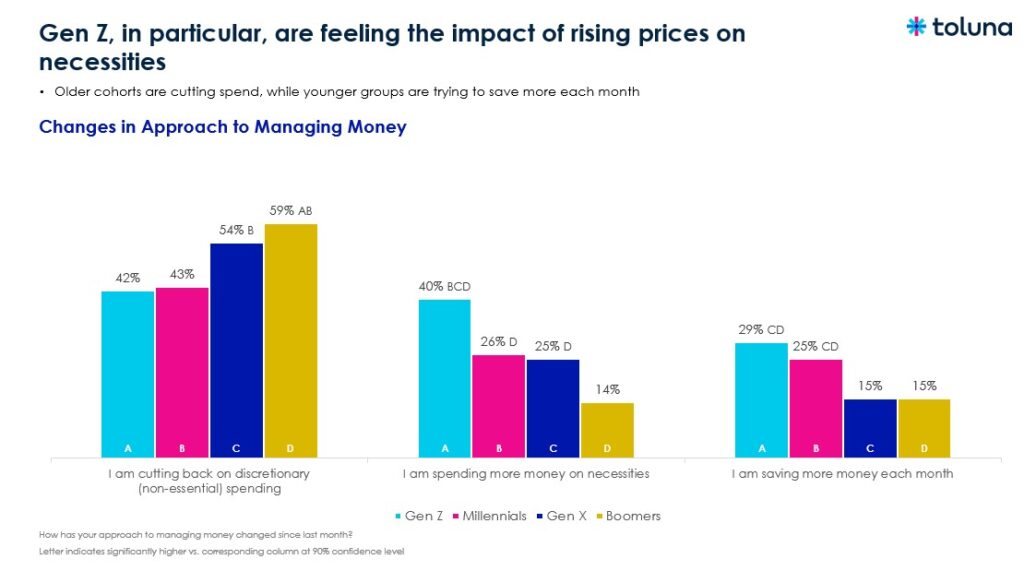A powerful convergence of health-conscious consumers, economic pressures, and regulatory shifts is reshaping the retail landscape. Driven by a growing focus on well-being and the ‘Make America Healthy Again’ (MAHA) movement, consumers are demanding healthier choices and transparency around product ingredients, safety and sourcing.
That said, consumers also face the persistent headwinds of inflation and the ripple effects of global trade tensions. How will these competing forces shape their shopping carts and the future of retail? Let’s find out.
The “Nutrition Info” box

You might notice a new addition to the front of your favorite packaged foods: the “Nutrition Info” box. This simple label will give you a quick snapshot of key nutrients like saturated fat, sodium, and added sugars – so no more squinting at the fine print! This initiative reflects a nationwide effort to combat chronic diseases like heart disease and diabetes.
A staggering 60% of Americans live with at least one chronic condition. These diseases take a major toll on our health and healthcare system. Regulatory bodies like the FDA are responding, as seen in the phasing out of petroleum-based synthetic dyes (a move directly aligned with the core tenets of the MAHA movement and the growing consumer demand for safer, more natural food products).
The economic tightrope
While the push for healthier options gains momentum, the economic landscape of 2025 presents a significant challenge. How are consumers balancing their health goals with the pressures of inflation and global trade impacts? This raises critical questions for the retail sector:
- Will consumer commitment to healthier choices and greater transparency necessitate difficult tradeoffs in discretionary spending? How does this play out across different generations?
- Which product categories will feel the squeeze most acutely as consumers prioritize health amid economic pressures?
- Could this growing emphasis on health, coupled with economic disparities, lead to a two-tiered market where access to healthier options becomes a privilege for higher-income consumers?
Consumer sentiment in action
To understand these dynamics, Toluna has been tracking global consumer sentiment weekly. Our latest findings reveal the tangible impact of inflation on dining and takeout. Interestingly, we’re also seeing consumers, particularly Gen-Z, making tradeoffs within these same categories. This highlights the real-world consequences of rising prices on everyday necessities.


Are you a retailer grappling with these shifts? Get in touch to learn more about how to stay on top of customer sentiment and shopping behavior and take a deeper look at our weekly sentiment tracker.
By Christine Ciullo – VP Strategic Accounts – Toluna




